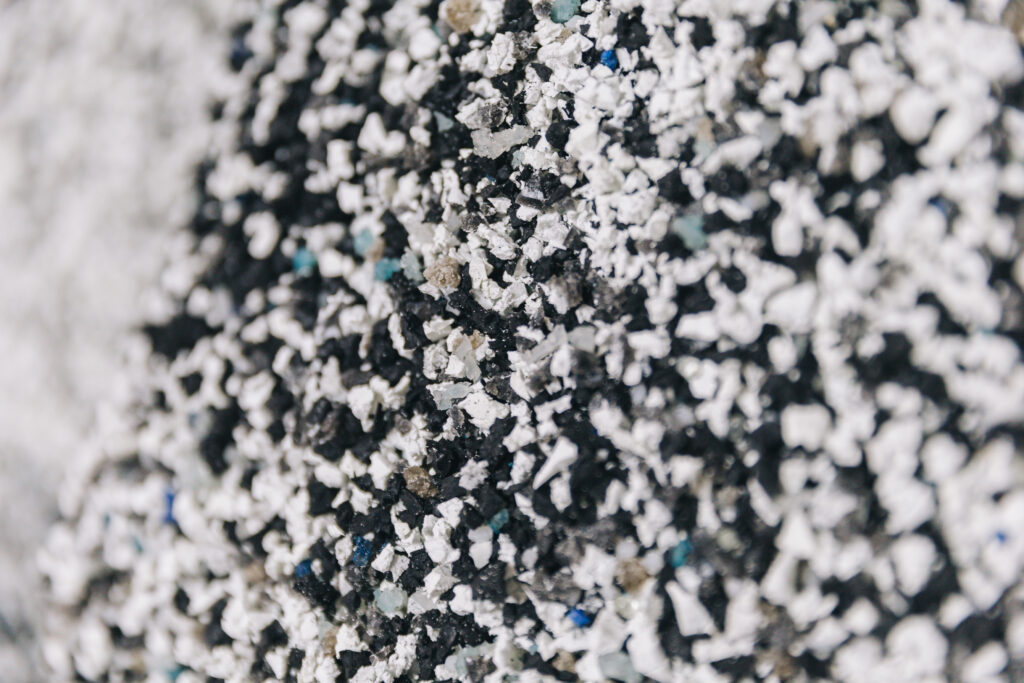Sustainability is not marketing.
We live in a world of limited resources .
For economic and ecological needs, at Corplast we have long enthusiastically embraced the challenge of sustainability, aware that the small choices of today will give us a better planet tomorrow.
Limited resources push us to work closely with suppliers and research centers to find solutions with real impact, far from the traps of greenwashing .
New processes + New materials = New Products

It makes no sense to sell a ” biodegradable ” product if the raw material has the presumed advantage of being able to be dispersed in the environment.
It’s uneducational.
It makes no sense to create an “ecological-looking” product by mixing individually recyclable materials (such as TPR, TPU, PET or PP), or mixing them with natural materials (such as cork or rice husk), because in this way the virgin raw material is contaminated, interrupting its circularity forever.
Those who do so deceive the market, knowing full well that they are causing damage to the environment.


Instead, it makes sense to sell a RECYCLABLE product , obtained from the REUSE of by-products, scraps or waste that are as homogeneous as possible with each other which allows you to REDUCE the use of virgin raw materials of fossil origin. Everything that is the basis of the 3Rs – Reduce, Reuse & Recycle.
Certainly still an ugly product, but with intelligent sustainability, which contemplates the separability and reuse of materials during and after its life cycle.

- Circularity of materials and traceability of the supply chain are the key words around which our idea of sustainability revolves.
A coherent sustainability that is aware of its limits, because we know that we are allowed to sell everything on the market, but noteverything that is proposed is truly good for the environment.We have identified 4 lines of materials that are able to satisfy these requirements, while maintaining the quality of the finished product unchanged:
- #1 GRS certified TPR material with percentage recycled content coming from the recovery of TPR waste.
- #2 GRS certified TPU material with percentage recycled content coming from the recovery of TPU waste.
- #3 EVA material with percentage content of third generation bio-based EVA * (which uses organisms completely independent of the human food source).
- #4 EVA material with percentage content of regenerated EVA coming from the recovery of waste during the production phase.




